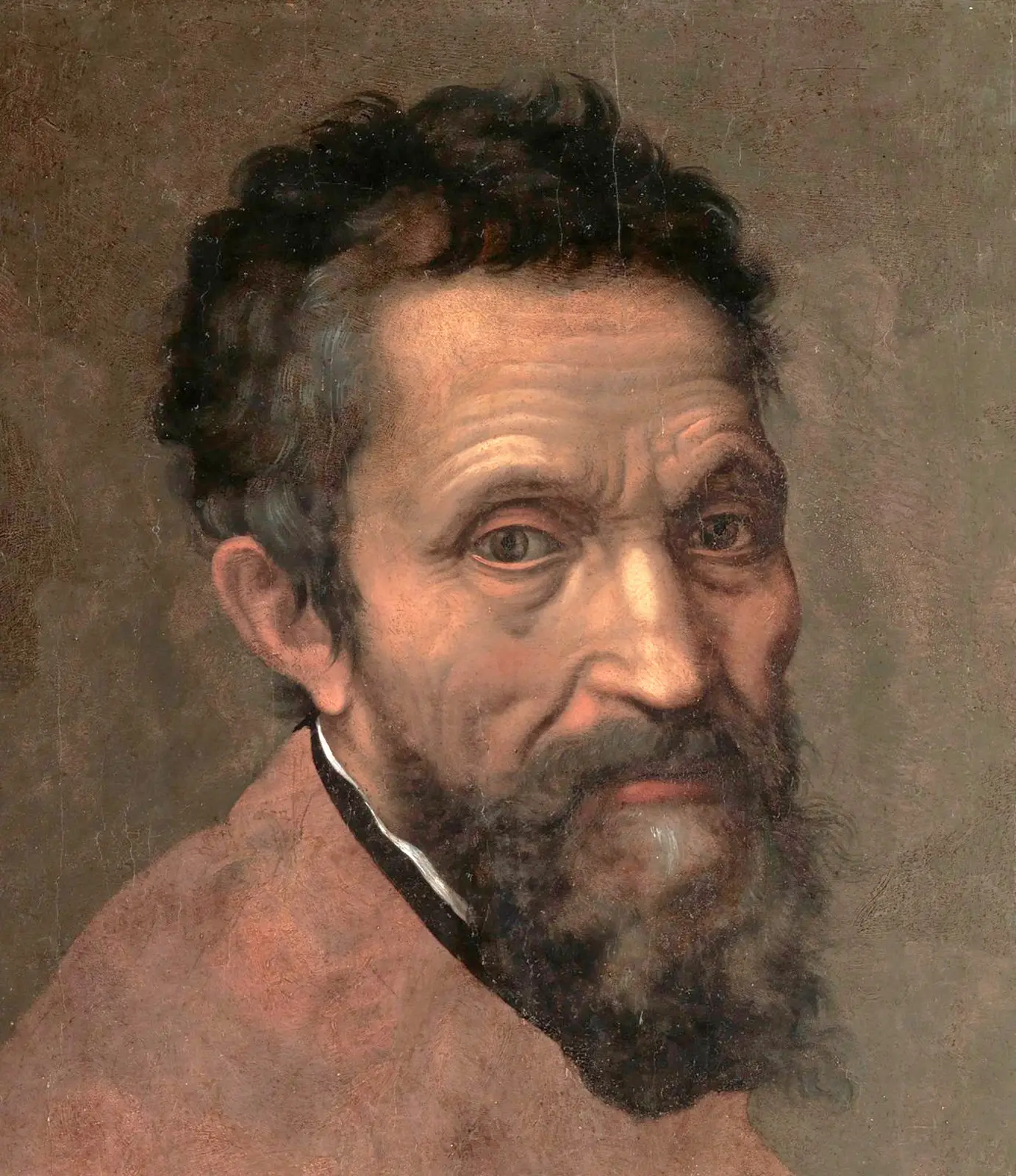Today in Florence we remember the birth of Michelangelo, the supreme genius of the High Renaissance and one of the most influential artists that Art has ever had. It is impossible to separate Florence from one of its most beloved sons. Florence and Michelangelo are forever intertwined in the history of man’s greatest moment. Both are synonymous with the Renaissance: that explosion of Genius and Beauty that still today represents a beacon of hope for all humanity. Michelangelo was born in the pretty town of Caprese, near the city of Arezzo.
Almost immediately after his birth his family moved to Florence, to a street near the Church of Santa Croce, where the future genius of enormous creative power was raised. In the last quarter of the 15th century, Florence was the greatest center of culture, art and learning in the known world. From an early age, Michelangelo was exposed to exceptional circumstances that allowed his incredible talent to flourish.
He was an apprentice to Domenico Ghirlandaio, one of the greatest fresco painters of the 15th century. Lorenzo de’ Medici, also known as “Il Magnifico”, took the young genius under his wing from 1490 to 1492. While living in Lorenzo’s beautiful palace, Michelangelo was surrounded by the greatest living minds of the age such as Marsilio Ficino, Pico della Mirandola and Agnolo Poliziano. Once he began creating, Michelangelo became famous almost instantly.
He was in demand in Bologna, Rome and of course, Florence. Two of his masterpieces are considered the greatest works that art has ever produced: the statue of “David”, here in Florence, and his fresco of the “Last Judgement” in Rome. Michelangelo explored all mediums of art: architecture, sculpture, painting and even poetry, and to say that he excelled in them all is an understatement. Here in Florence you will find magnificent examples of his work and, without a doubt, you will be deeply moved by the profound genius they reflect. Michele Angelo died in Rome in 1564, a few weeks before his 89th birthday, and was buried in the magnificent church of Santa Croce, the Pantheon of Italian glories.

